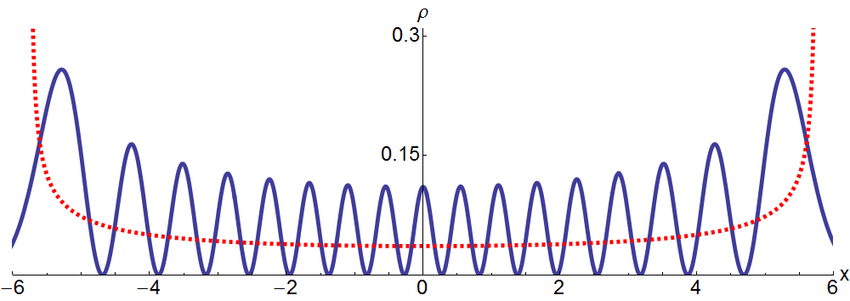What is the Correspondence Principle. Information about Correspondence Principle Physics

Correspondence Principle, a principle evolved in various versions by Niels Bohr, the Danish physicist, during the decade of 1913 to 1923 in order to determine the relationship between the known concepts of classical physics and the sought-for concepts of quantum physics. In its initial version (1913) the correspondence principle asserted that the laws of quantum physics must be such that, in the limit of actions which are large compared with Planck’s constant, they become consistent with the known laws of classical physics. This simple and evident requirement enabled Bohr to discover the correct quantum conditions for the determination of the spectra of hydrogen-like atoms.
In its final version the correspondence principle asserted that to each of the basic concepts of classical physics there exist corresponding quantities in the quantum theory such that there is a structural similarity between the known dynamics of classical mechanics and the desired dynamics of quantum mechanics. It is this much more precise formulation of the principle which, in 1923, led Werner Heisenberg to the discovery of matrix mechanics. The contemporary procedure of “canonical quantization,” whereby a quantum theory may be constructed from a given classical theory is, in effect, a precise quantitative statement of the correspondence principle.
The validity of Bohr‘s principle is due to the intimate relationship that exists between the concepts of classical physics and the symmetries of space and time. This relationship plays a central role in the very definition of the physical concepts employed and in the algebraic relations which they must satisfy. It is therefore not dependent on whether the underlying physical laws are classical, quantum, or perhaps the consequence of some more general extension of our knowledge.